|
|
|||
|
(Back to Preceding Week; on to Next Week) |
|
NEW RIVER BIRDING &
NATURE FESTIVAL From 29 April through 6 May we were away from Hilton Pond Center, deeply immersed in activities at the fifth annual New River Birding & Nature Festival. This week-long event--begun in 2003 to showcase spring wonders in West Virginia's New River Gorge--also serves to attract visitors prior to the region's big summer rafting season. Brainchild of Dave Pollard and Geoff Heeter, the festival annually draws a few hundred outdoor enthusiasts from around the U.S. and Canada, providing them with opportunities to observe everything from colorful spring wildflowers to Neotropical migrant birds in full breeding plumage. True to form, this year's festival was an enjoyable and informative mix of field excursions, bird banding, identification workshops, rafting trips, birding humor, lectures by prominent naturalists, quality entertainment, and great food.
All text & photos © Hilton Pond Center The New River festival is based at Fayetteville WV, just northeast of Beckley on US 19 near the famous New River Gorge Bridge (above). This architectural marvel--the longest steel-arch bridge in the Western Hemisphere at 3,030 feet--passes over the river at a height of 876 feet, also making it the highest vehicular bridge in the Americas. Just seeing this structure and its visitor center makes the trip to Fayetteville worthwhile,
We were on hand for the fifth straight year to give bird banding demonstrations for festival participants--including two groups each of Elderhostelers and local high school students (above)--and to talk about the importance of ecotourism and conservation to West Virginia's economy and future. We also led a couple of field trips and gave evening lectures about our hummingbird work in the U.S. and Costa Rica--not a bad thing to talk about because it convinced at least two Elderhostel folks to sign up immediately for our upcoming hummingbird expedition to Guanacaste Province in January 2008.
Despite its name, the New River is not "new." Many geologists consider it the second oldest waterway in the world, exceeded in age only by the Nile. Unlike most North American tributaries, the New River generally flows north, arising in North Carolina's mountainous Ashe County and meandering through three states before merging with the Gauley River near Fayetteville to form the Kanawha. The latter flows into the Ohio River and feeds the Mississippi, which ultimately enters the Gulf of Mexico--a path partly reminiscent of the autumn migration route of Ruby-throated Hummingbirds.
The New River cuts through very old sedimentary formations laid down in ages known as the Pennsylvanian (280 million years old) and Mississippian (345 million years old). At some spots in the gorge there are also layers of shale, siltstone, and coal--the latter of which has been shaft- and surface-mined in West Virginia for generations. The waterway that exists today originated at least 65 million years ago, but geologists believe it is actually the remnant of a much larger river called the Teays that flowed further north into what are now the states of Ohio, Indiana, and Illinois. About 10,000 years ago--near the end of the last Ice Age--rapidly advancing glaciers buried the Teays and redirected the New River onto its current bed. That the New flows ACROSS the Appalachian Plateau and not around it is further evidence it existed before the mountains formed; as the Appalachians rose up from beneath the sea, the Teays/New River complex continued its never-ending task of deepening the downhill run. Ancient sandstone layers are visible in many spots within the New River Gorge, and where the rock is vertical colonies of crustose and foliose lichens (above) join the river in its efforts to erode away rock.
As noted, the New River Birding & Nature Festival is an eclectic mix of activities. Aside from field trips led by journeyman naturalists from across the U.S., there are always interesting presentations on everything from how to use a spotting scope to successful Peregrine Falcon reintroduction into the gorge. The two Elderhostel groups--each of which visits for fours days and three nights--have programming separate from the festival itself but use most of the same expert personnel. Most evenings there are lectures at the state park facilities at Hawk's Nest or a local eatery such as Smokey's On The Gorge, with its exotic fare and great views and a nighttime serenade of Gray Treefrogs (above). The military cliche claims "armies move on their stomachs"--you have to feed soldiers to win wars--and the same can be said of the "platoon" of birding enthusiasts at the New River festival: In their never-ending pursuit of new species, birders keep up their energy levels by consuming prodigious amounts of delicious, nutritious food, and that's where Wendy Bayes comes in. Wendy, who runs the Cathedral Cafe in historic downtown Fayetteville, gathers up an amazing collection of foodstuffs and serving trays and shows up before dawn each day at Opossum Creek Retreat, well ahead of time to get the coffee on and prepare as grand a breakfast for the group as one could want.
On Friday of festival week we co-led a field trip to one of our favorite places in all of West Virginia, a mysterious mountaintop habitat known as Cranberry Glades Botanical Area. By definition a "glade" is a space within a forest where the canopy is open, the principal vegetation is in the forb layer, and soil and water conditions prevent extensive growth of trees. Although accurate for most spots, this definition simply doesn't do justice to Cranberry Glades, for instead of forbs such as prairie grasses and wildflowers, Cranberry's principal ground cover is sphagnum moss--a primitive plant that requires huge amounts of water to survive. One might wonder how a habitat at 3,400-foot elevation on top of a mountain could provide enough water to support sphagnum, but the answer is actually pretty simple: Cranberry Glades has formed within an almost flat spot on top of Cranberry Mountain, a site with more water coming in than flowing out. Over the past ten centuries or so, sphagnum has flourished, creating a peat bog at least ten feet deep in most places. Only the top layer of sphagnum is still alive, but it holds water like a sponge. Stepping off the boardwalk--an illegal act, by the way--is liable to get you knee deep or deeper in cold, acidic water.
The five fragile bogs that make up Cranberry Glades Botanical Area are indeed protected by law--and by respect for this unique locale. During our years with the National Youth Science Camp, we were privileged to get permission to lead small groups of students off-boardwalk into the heart of the Glades. There we found the biggest glade to be like a giant water bed; we could walk across the sphagnum without sinking in, but the "ground" around us vibrated and shook as we moved--hence the term "quaking bog." Within the Glades are many such microhabitats with insectivorous flora (Sundews and Purple Pitcher Plants); even the rare Marsh Marigold (above) does well in shadier areas around bog margins.
Because of its high altitude, Cranberry Glades has many vegetative components typically found much further north in Canada's muskeg country, including Yellow Birch (above). Oddly enough, that means the Glades are also a disjunct southern breeding ground for northern bird species such as Swainson's and Hermit Thrushes, Red Crossbills, Nashville and Mourning Warblers, and Purple Finches. Like the New River Gorge Bridge, Cranberry Glades is well worth seeing, so if you're in southern Pocahontas County sometime, carve out a day to stroll the boardwalk and learn about the mysteries of the Glades.
Back at Opossum Creek and vicinity the festival week continued and the lists of birds, butterflies (Horace's Duskywing, above), wildflowers, and other flora and fauna got longer every day. By the Saturday night's final banquet this year--at which Bird Watcher's Digest editor Bill Thompson III and artist-author-wife Julie Zickefoose shared their considerable talents as vocalists and instrumentalists--the composite festival group had tallied 146 species of birds. This wasn't a festival record--in part because there were no field trips to find waterfowl--but participants did score an impressive 31 species of Wood Warblers. Unfortunately, we personally were so busy instructing we had no time--as usual--to take any pictures of birds, so there aren't any herein. On 5-10 May 2008, when next year's New River Birding & Nature Festival rolls around, we're going to force ourselves to set up our camera and telephoto lens so we can finally bring back some bird photos worth posting on the Hilton Pond Center Web site. But ONLY if we also get our fair share of Wendy Bayes' splendiferous carrot cake. All text & photos © Hilton Pond Center POSTSCRIPT: Glenn Dulmage of Chesterton MD bailed us out with regard to bird photos from the New River Birding & Nature Festival by sending a DVD with lots of shots from our bird banding demonstrations. Photos by Glenn--one of the festival's Elderhostel participants--included the two below of brightly colored males in-the-hand.
Male Indigo Bunting (above); male American Goldfinch (below)
All text & photos © Hilton Pond Center
Comments or questions about this week's installment?
Thanks to the following fine folks for recent gifts in support of Hilton Pond Center for Piedmont Natural History and/or Operation RubyThroat: The Hummingbird Project. Your tax-deductible contributions allow us to continue writing, photographing, and sharing "This Week at Hilton Pond." (Please see Support if you'd like to make a gift of your own.)
IMPORTANT NOTE: If you ever shop on-line, you may be interested in becoming a member of iGive, through which nearly 700 on-line stores from Barnes and Noble to Lands' End will donate a percentage of your purchase price in support of Hilton Pond Center and Operation RubyThroat. We've just learned that for every new member who signs up and makes an on-line purchase within 45 days iGive will donate an ADDITIONAL $5 to the Center. Please sign up by going to the iGive Web site. It's a painless and important way for YOU to support our work in conservation, education, and research. "This Week at Hilton Pond" is written & photographed You may wish to consult our Index of all nature topics covered since February 2000. You can also use our on-line Hilton Pond Search Engine at the bottom of this page. For a free, non-fattening, on-line subscription to |

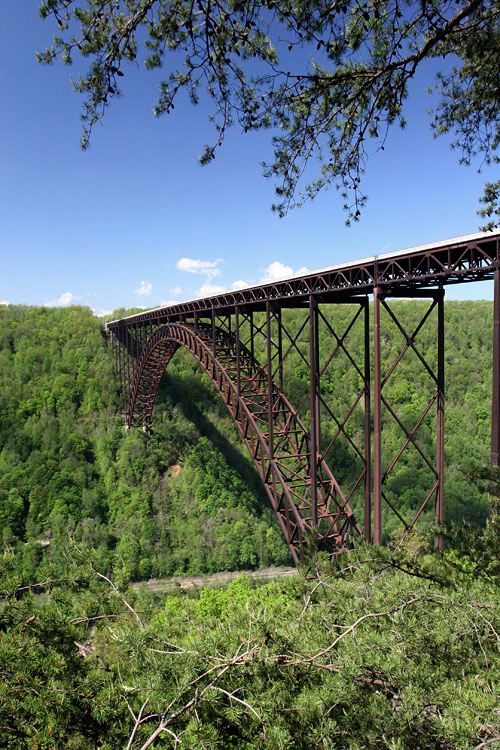
 but typical festival-goers are more interested in nature activities that begin or occur at
but typical festival-goers are more interested in nature activities that begin or occur at 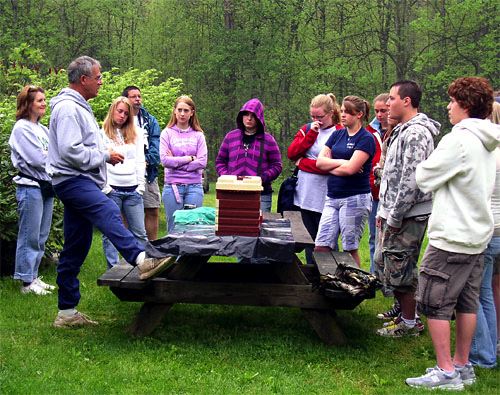
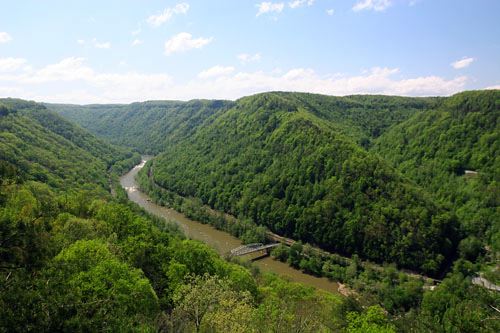
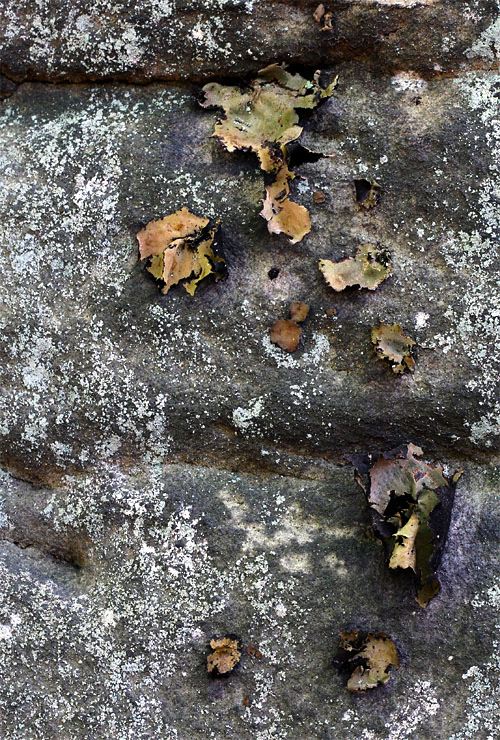
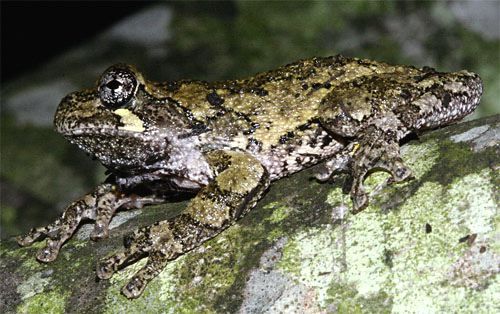
 After a few early morning hours in the field, birders come in, consume whatever tasty meal Wendy has concocted, marvel over how much good food they had, and go back out for a few more hours of nature exploration. Then at noon they come back in and dine once again, never once complaining at how full they are or failing to notice how delicious Wendy's food really is. The moral of this story is that if you're a birder AND a gastronome you should come to the New River festival, but if you just like food you should still make a point to visit Cathedral Cafe in Fayetteville. Just make sure you save room for Wendy's prize-winning carrot cake.
After a few early morning hours in the field, birders come in, consume whatever tasty meal Wendy has concocted, marvel over how much good food they had, and go back out for a few more hours of nature exploration. Then at noon they come back in and dine once again, never once complaining at how full they are or failing to notice how delicious Wendy's food really is. The moral of this story is that if you're a birder AND a gastronome you should come to the New River festival, but if you just like food you should still make a point to visit Cathedral Cafe in Fayetteville. Just make sure you save room for Wendy's prize-winning carrot cake.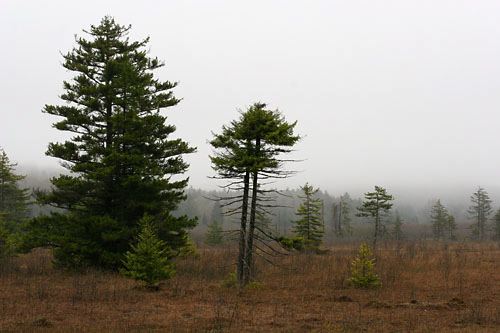

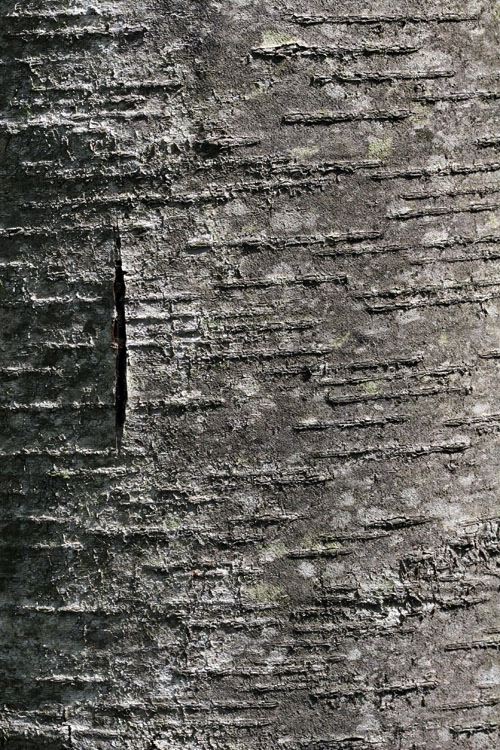
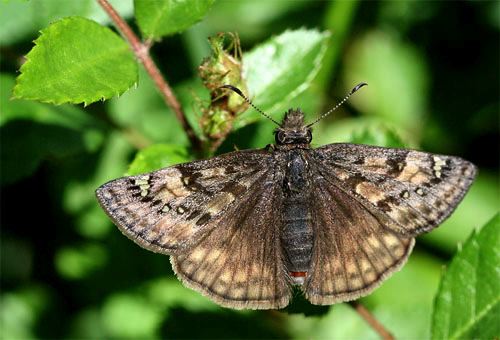
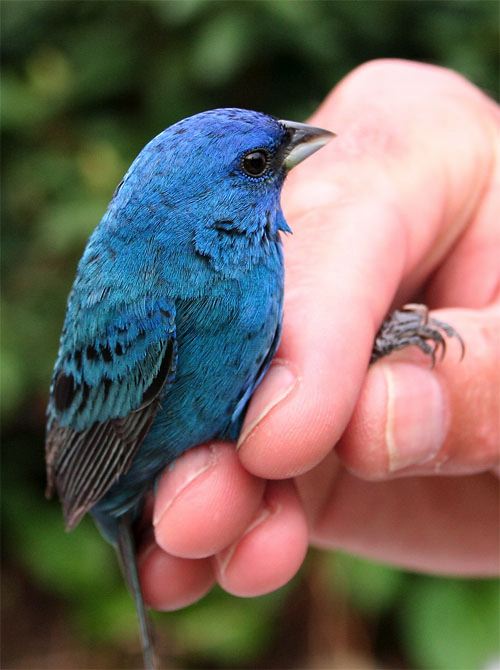



 Please report your
Please report your
